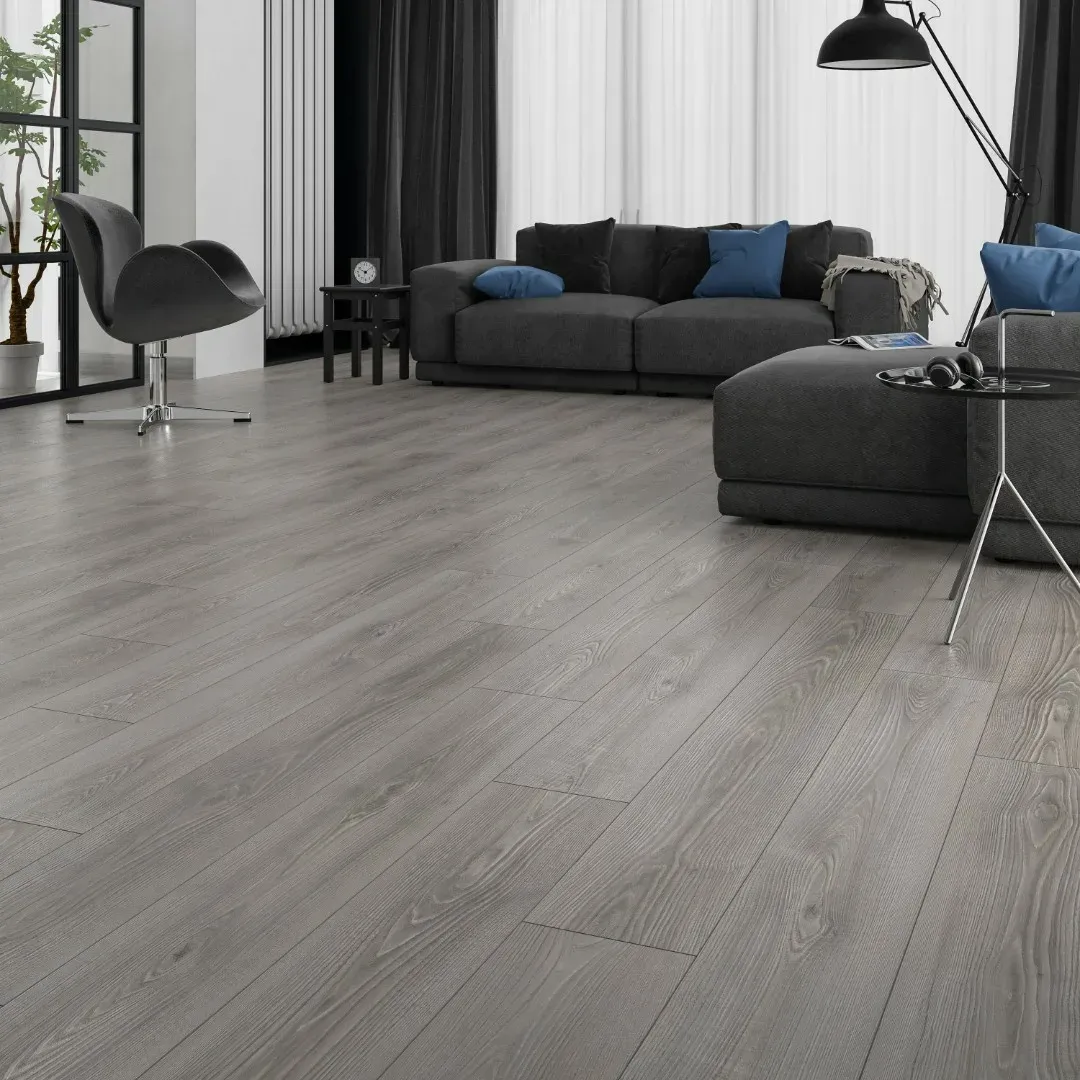Creative Ideas for Innovative Flooring Solutions in Your Home
The Versatility of Roll Flooring A Comprehensive Overview
Roll flooring is rapidly becoming a popular choice among homeowners and commercial property managers alike, thanks to its versatility, affordability, and easy installation. This type of flooring, often made from vinyl or linoleum, comes in large rolls, making it an attractive option for a variety of spaces, including homes, gyms, hospitals, and schools. Here, we explore the features, benefits, installation process, and maintenance of roll flooring, highlighting why it could be the perfect choice for your next flooring project.
Features of Roll Flooring
One of the standout features of roll flooring is its design flexibility. Available in a plethora of colors, patterns, and textures, roll flooring allows for creative design options, ranging from classic wood and natural stone looks to vibrant, modern patterns. This extensive range enables homeowners and designers to match their flooring with any décor style, whether it’s contemporary, rustic, or industrial.
Moreover, roll flooring is renowned for its durability. Made from tough materials, it can withstand heavy foot traffic, making it a favorite for commercial spaces. Additionally, many roll flooring products are water-resistant or waterproof, reducing the risk of damage from spills and moisture, which is particularly advantageous in areas prone to wet conditions, such as bathrooms and kitchens.
Benefits of Roll Flooring
In addition to its aesthetic appeal and durability, roll flooring offers numerous practical benefits. One of the most notable advantages is its cost-effectiveness. Compared to traditional flooring options like hardwood, tile, or carpet, roll flooring tends to be more affordable both in terms of purchase price and installation costs. This affordability makes it an attractive option for those on a budget, without sacrificing quality or style.
Another significant advantage is the ease of installation. Roll flooring can be installed quickly and efficiently, often in a single piece, eliminating the need for multiple tiles or planks. This can save both time and labor costs, making it a practical choice for busy renovation projects. Furthermore, the underlayment options available for roll flooring help in sound dampening, providing a quieter environment, which is particularly beneficial in multi-story buildings or high-traffic areas.
roll flooring

Installation Process
The installation process for roll flooring is straightforward and can generally be completed in a matter of hours. First, the subfloor must be thoroughly cleaned and prepared to ensure a smooth surface. In many cases, a suitable underlayment is applied to enhance comfort and reduce noise. Once the area is measured, the roll flooring is cut to size and laid out before being secured in place, either through adhesive or interlocking methods.
Homeowners with DIY experience can tackle this project themselves, further reducing costs. However, for intricate designs or large areas, hiring a professional installer may be advisable to ensure perfect alignment and finish.
Maintenance of Roll Flooring
Caring for roll flooring is relatively simple. Regular cleaning with a damp mop and a mild detergent is usually sufficient to keep the floor looking pristine. Avoid harsh chemicals that can damage the material. Additionally, placing mats at entryways helps to reduce dirt and wear and tear. With proper maintenance, roll flooring can last for many years, making it a wise investment for any space.
Conclusion
Roll flooring stands out as an exceptional choice for both residential and commercial applications due to its versatility, affordability, and ease of installation. With a wide variety of styles, colors, and materials available, roll flooring can easily complement any interior design scheme. Its durability and low maintenance needs further enhance its appeal, making it a practical solution for high-traffic areas. Whether you are renovating your home or outfitting a commercial space, roll flooring may just be the ideal flooring option to meet all your needs and exceed your expectations.
-
Waterproof Advantages of SPC Flooring Vinyl in KitchensAug.06,2025
-
SPC Hybrid Waterproof Flooring Thickness GuideAug.06,2025
-
Leveling Subfloor Before My Floor SPC InstallAug.06,2025
-
How Mesh Deck Skirting Improves Outdoor Pest ControlAug.06,2025
-
Choosing the Right Commercial Flooring for Your Business NeedsAug.06,2025
-
Choosing the Best Residential Flooring: A Comprehensive Guide to Style, Durability, and ComfortAug.06,2025




